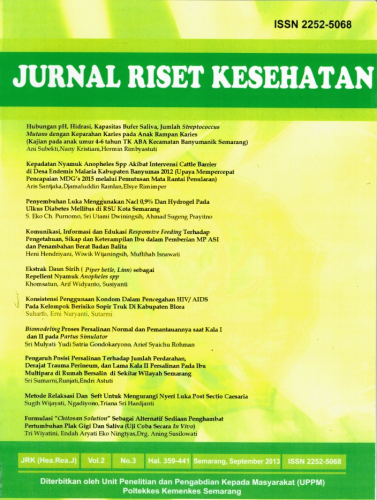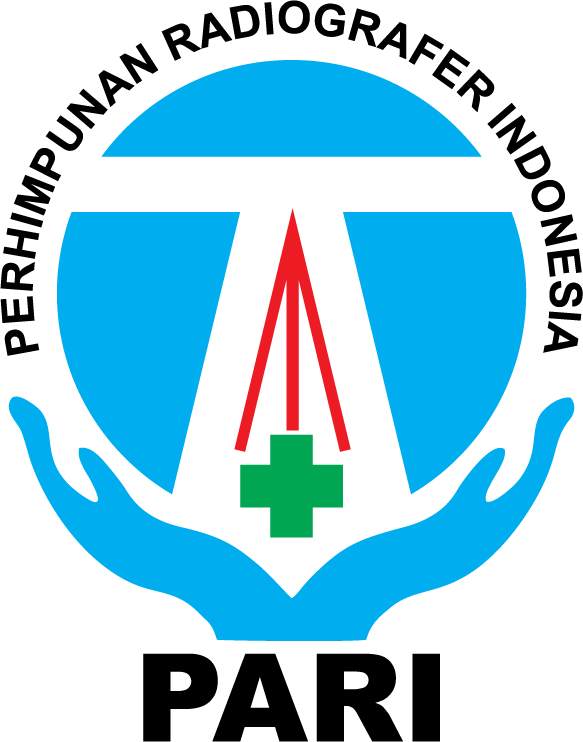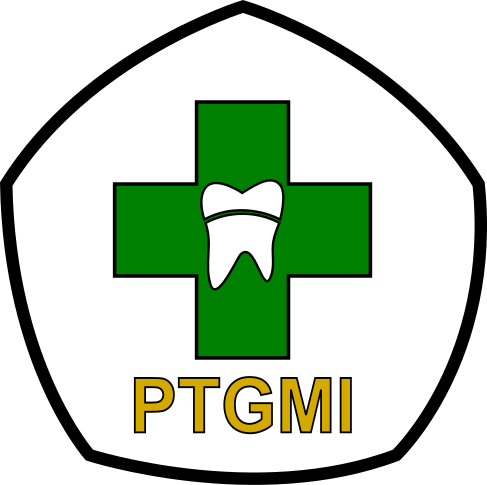THE DIFFERENCES BETWEEN PUBLIC AND PRIVATE HOSPITAL WORKING CULTURES ON JOB SATISFACTION INDEX IN THE MILLENNIAL GENERATION
Abstract
The hospitals' issue in dealing with the healthcare service becomes challenging in the current era of the millennial generation employee. This may make interpersonal working cooperation difficult to achieve. Hence, this study attempts to evaluate the differences between public and private hospital working cultures on the job satisfaction index in the millennial generation. We used AIH public hospital and AIS private hospital in Bandung to conduct the study. All employees were of the millennial generation (born 1981-2000). The job satisfaction index includes passion, salary, supervision, work colleagues, and working conditions. It has a maximum score of 75 and a minimum score of 15. P-value <0.05 was defined as significant differences. The results showed that private hospitals have a job satisfaction index score of passion (50.22±6.51 vs. 42.32±8.01; p= 0.042), salary (51.49±11.54 vs. 27.92±6.61; p= 0.033), supervision (66.78±4.82 vs. 53.32±11.04; p= 0.073), and working conditions (61.41±7.59 vs. 37.72±9.52; p= 0.139) that are higher than public hospitals. The work colleagues’ score was the only higher in public hospitals (35.81±8.98 vs. 29.91±5.94; p= 0.040). This present study showed differences between public and private hospital working cultures on the job satisfaction index in the millennial generation.
Keywords
Full Text:
PDFReferences
Balasubramanian, M., & Short, S. (2021). The Future Health Workforce: Integrated Solutions and Models of Care. International Journal of Environmental Research and Public Health, 18(6), 2849. https://doi.org/10.3390/ijerph18062849
Chichirez, C. M., & Purcărea, V. L. (2018). Interpersonal communication in healthcare. Journal of Medicine and Life, 11(2), 119–122. http://www.ncbi.nlm.nih.gov/pubmed/30140317
Gómez-Salgado, J., Navarro-Abal, Y., López-López, M. J., Romero-Martín, M., & Climent-Rodríguez, J. A. (2019). Engagement, Passion and Meaning of Work as Modulating Variables in Nursing: A Theoretical Analysis. International Journal of Environmental Research and Public Health, 16(1), 108. https://doi.org/10.3390/ijerph16010108
Kruse, F. M., Stadhouders, N. W., Adang, E. M., Groenewoud, S., & Jeurissen, P. P. T. (2018). Do private hospitals outperform public hospitals regarding efficiency, accessibility, and quality of care in the European Union? A literature review. The International Journal of Health Planning and Management, 33(2), e434–e453. https://doi.org/10.1002/hpm.2502
Maiers, M. (2017). Our future in the hands of Millennials. The Journal of the Canadian Chiropractic Association, 61(3), 212–217. http://www.ncbi.nlm.nih.gov/pubmed/29430050
Martin, P., Lizarondo, L., Kumar, S., & Snowdon, D. (2021). Impact of clinical supervision on healthcare organisational outcomes: A mixed methods systematic review. PLOS ONE, 16(11), e0260156. https://doi.org/10.1371/journal.pone.0260156
Mercer, C. (2018). How millennials are disrupting medicine. Canadian Medical Association Journal, 190(22), E696–E697. https://doi.org/10.1503/cmaj.109-5605
Pratiwi, A. B., Setiyaningsih, H., Kok, M. O., Hoekstra, T., Mukti, A. G., & Pisani, E. (2021). Is Indonesia achieving universal health coverage? Secondary analysis of national data on insurance coverage, health spending and service availability. BMJ Open, 11(10), e050565. https://doi.org/10.1136/bmjopen-2021-050565
Shahsavari Isfahani, S., Hosseini, M. A., Fallahi Khoshknab, M., Peyrovi, H., & Khanke, H. R. (2015). What Really Motivates Iranian Nurses to Be Creative in Clinical Settings?: A Qualitative Study. Global Journal of Health Science, 7(5). https://doi.org/10.5539/gjhs.v7n5p132
Tynkkynen, L.-K., & Vrangbæk, K. (2018). Comparing public and private providers: a scoping review of hospital services in Europe. BMC Health Services Research, 18(1), 141. https://doi.org/10.1186/s12913-018-2953-9
Wang, Z., Dagtas, S., Talburt, J., Baghal, A., & Zozus, M. (2019). Rule-Based Data Quality Assessment and Monitoring System in Healthcare Facilities. Studies in Health Technology and Informatics, 257, 460–467. http://www.ncbi.nlm.nih.gov/pubmed/30741240
Wulandari, R. D., Laksono, A. D., Nantabah, Z. K., Rohmah, N., & Zuardin, Z. (2022). Hospital utilization in Indonesia in 2018: do urban–rural disparities exist? BMC Health Services Research, 22(1), 491. https://doi.org/10.1186/s12913-022-07896-5
Wulandari, R. D., Laksono, A. D., Prasetyo, Y. B., & Nandini, N. (2022). Socioeconomic Disparities in Hospital Utilization Among Female Workers in Indonesia: A Cross-Sectional Study. Journal of Primary Care & Community Health, 13, 215013192110726. https://doi.org/10.1177/21501319211072679
DOI: https://doi.org/10.31983/jrk.v11i2.9163
Article Metrics
Refbacks
Copyright (c) 2022 Jurnal Riset Kesehatan




















































